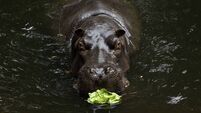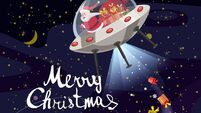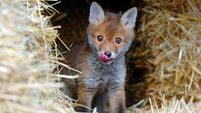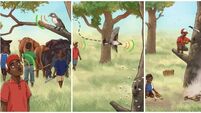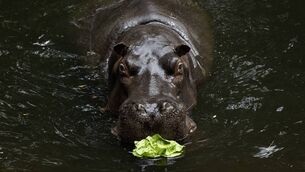Richard Collins: The worst single-species die-off in the modern era
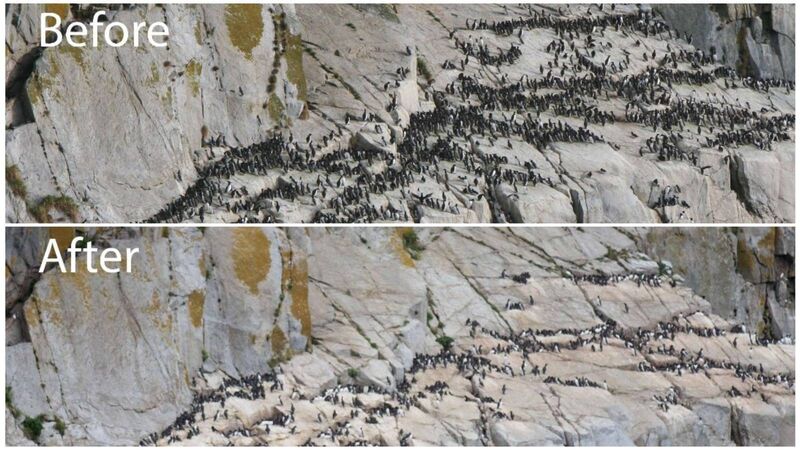
U.S. Fish and Wildlife Service: "In 2015, Alaska's common murre seabird colonies fell eerily quiet. Working with partners, scientists at Alaska Maritime National Wildlife Refuge have spent years documenting what happened next: the largest single-species wildlife die-off ever recorded in modern history." Picture: USFWS.
In October 2013, meteorologists discovered a large body of unusually warm water off Alaska. The annual cooling of the circulating ocean currents had failed to take place. Called ‘ the Blob’, this strange ‘marine heatwave’ was up to 100 metres deep and 1,600kilometres wide. Its temperature was, on average, 2.5°C above normal. The Blob split into three separate masses, but remained intact through 2014 and 2015.
Warm water has a low oxygen-carrying capacity and so it supports a reduced nutrient load. Plankton density fell with the Blob’s temperature rise. Creatures feeding on it starved and famine spread up the food-chain.
During the breeding season, seabirds need fish to sustain them and their chicks. But, due to the Blob, few fish were available. The food shortage had a devastating effect; adult birds and chicks starved. People visiting Alaskan beaches encountered dead and dying birds. Seals, sea-lions, and cod also suffered; and 7,000 humpback whales left the area.
Now that almost a decade has passed since the onset of the Blob, initial assessments can be made of its likely long-term impact. A paper on local bird numbers has just been published.
Most of the bird victims were what Americans call ‘murres’. This old Cornish name for the guillemot and razorbill is onomatopoeic. It mimics the guttural moaning call which fills the air at seabird colonies. Razorbills are silent, so the term applies nowadays only to the guillemot.
About eight million murres, a quarter of the world’s population, nest traditionally on cliff-ledges along the Alaskan coast. The Blob has drastically affected them. "Murre numbers plummeted by 52 to 78% at 13 colonies across two large marine eco systems," the researchers say.
Bird populations can recover from such disasters; wild creatures are resilient. The cold winter of 1962/3, for example, wreaked havoc on Irish songbirds.
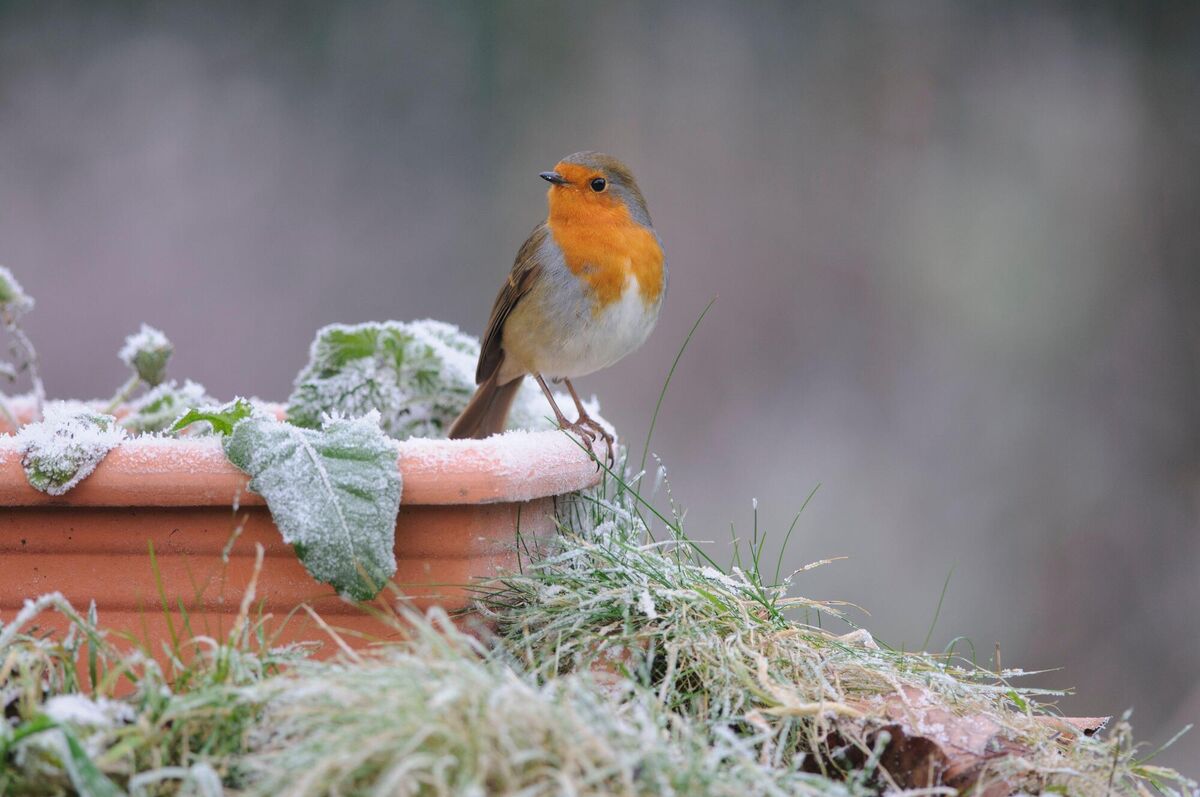
But species such as the robin produce far more offspring each spring than the environment can support. A robin female may lay up to three clutches, each with six eggs, in a season — but with cut-throat competition for food, and attacks by predators, few chicks survive to breeding age. In years following a major kill, however, there’s reduced competition for food and predator numbers are depleted, so fewer chicks perish.
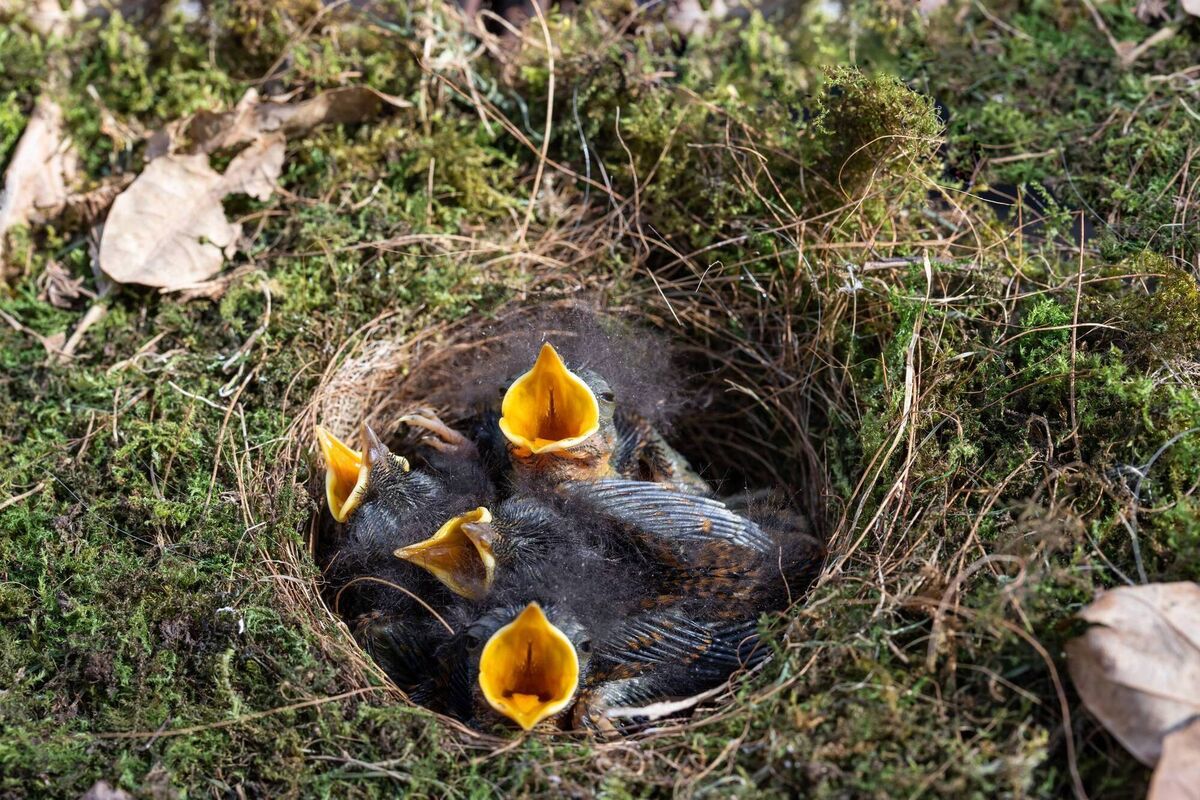
Songbird populations soon recover following a crash, but guillemots don’t breed like robins. They have a very low reproductive rate. Would-be parents don’t nest until they are four years old and, when they do, only a single egg is laid annually. Recovery from disasters, therefore, is much slower for them than for robins.
Guillemots should, in time, make good their numbers but, ominously, the researchers found no sign of a resurrection following the Blob.
The loss of four million murres "is the largest documented wildlife mortality event in the modern era", say the authors. They fear that "these ecosystems may no longer support historic numbers of seabird top predators".
Global warming is damaging marine ecosystems everywhere. If even the guillemot, one the world’s most successful seabird species, is vulnerable to a relatively local ‘Blob’, what lies in store for more fragile species in a rapidly overheating world?
CLIMATE & SUSTAINABILITY HUB




